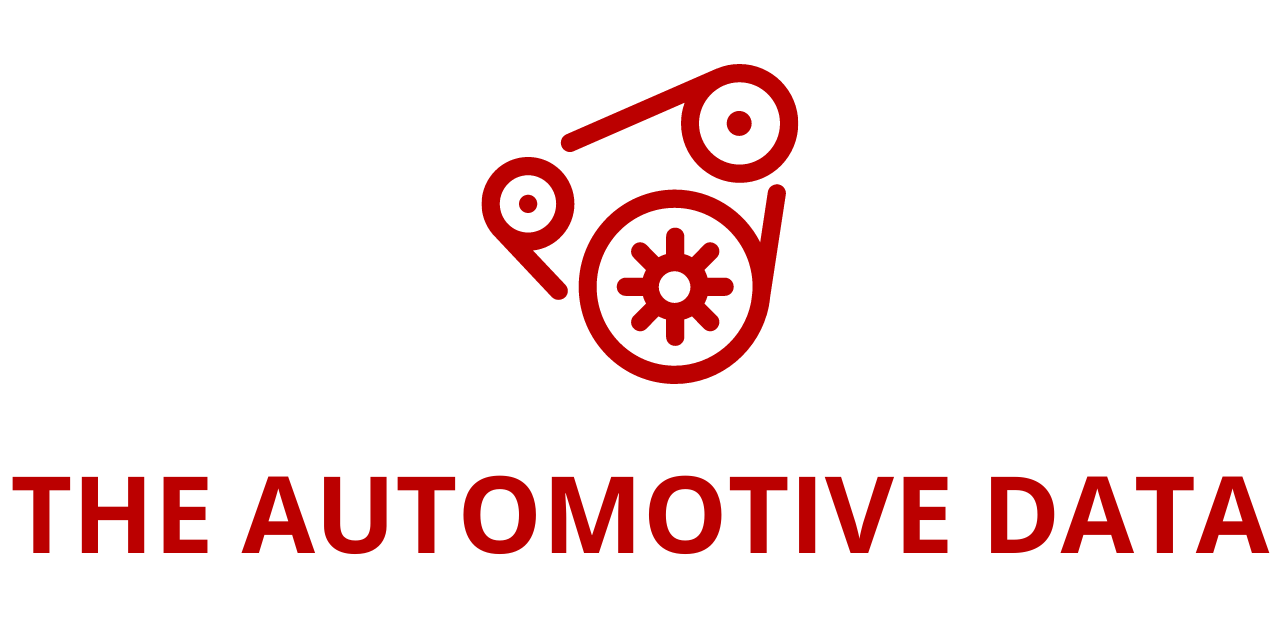
The affordability of personal auto insurance has worsened from 2021 through 2024 as insurance companies raise premiums to counteract inflationary loss pressures, according to an updated study from the Insurance Research Council (IRC), an affiliate of The Institutes. Despite this recent trend, auto insurance remains more affordable than in the mid-2000s.
The study, titled “Auto Insurance Affordability: Countrywide Trends and State Comparisons,” examines the average auto insurance expenditure as a percentage of median income. The findings indicate significant variations by state, with affordability ranging from 0.93% in North Dakota to 2.67% in Louisiana.
Auto Insurance Costs and Income Trends
In 2022, the most recent year for which data is available, the average auto expenditure in the U.S. was $1,127, while the median household income was $74,580. This resulted in U.S. households spending 1.51% of their income per vehicle on auto insurance, representing a slight increase from the previous year.
A long-term perspective reveals improvements in auto insurance affordability over the past two decades. Between 2000 and 2022, median household income grew at a slightly faster rate than auto insurance expenditures. Consequently, the percentage of income allocated to auto declined from 1.64% in 2000 to 1.51% in 2022, demonstrating a gradual improvement in affordability.

However, recent premium increases have reversed some of these gains. Dale Porfilio, FCAS, MAAA, president of the IRC, stated, “With the recent increases in costs, affordability is projected to deteriorate in 2023 and 2024. The expenditure share is expected to rise to approximately 1.6% in 2023 and 1.7% in 2024. While this marks a notable increase from the low point in 2021, it remains below the peak of 1.9% recorded in 2003.”
State-Level Affordability Disparities
Florida ranked as the second least affordable state for auto in 2022. However, the state has taken steps to improve affordability. In 2022 and 2023, Florida enacted key legislative reforms that have contributed to significant reductions in claims lawsuits and an increase in the number of insurers in the market. These changes have helped stabilize premium rates, according to research from theInformation Institute (Triple-I) in its report, “Trends and Insights: Florida Reforms Bear Fruit as Premium Rates Stabilize.”
Factors Affecting Auto Insurance Costs
Auto insurance affordability is largely determined by underlying cost drivers, which vary by state. These factors include:
- Accident Frequency: Traffic density, road conditions, and driving behaviors impact the frequency of accidents, influencing rates.
- Repair Costs: The cost of vehicle repairs varies widely across states, affecting expenditures.
- Tendency to File Injury Claims: States with a higher propensity for filing injury claims tend to have less affordable insurance.
- Injury Claim Severity: The amount paid per injury claim is a critical cost driver.
- Expense Index: This reflects the amount insurers spend to process, investigate, and litigate claims (loss adjustment expenses) as a percentage of incurred losses.
- Uninsured Motorists: High rates of uninsured drivers can contribute to affordability challenges by shifting costs to insured motorists.
- Underinsured Motorists: Similar to uninsured motorists, a high prevalence of underinsured drivers can indicate systemic affordability issues.
- Claim Litigation: The proportion of auto claims that involve litigation influences costs and, consequently, affordability.
Addressing Affordability Challenges
Porfilio, who also serves as chief officer of Triple-I, emphasized that “while state-level data cannot directly address affordability issues among traditionally underserved populations, collaborative efforts to reduce these key cost drivers can improve affordability for all consumers.”
Efforts to enhance affordability require cooperation between insurers, policymakers, and consumer advocacy groups. Measures such as promoting safe driving initiatives, reducing fraudulent claims, improving road infrastructure, and encouraging competition among insurers can contribute to cost stabilization.
About the Insurance Research Council
The Research Council (IRC), an affiliate of The Institutes, is an independent, nonprofit research organization supported by leading property and casualty companies and associations. The IRC provides timely and reliable research to inform public policy discussions affecting companies and their customers. The organization does not engage in lobbying or advocate for legislative positions.
While auto affordability has declined in recent years due to rising premiums, it remains better than in the mid-2000s. The long-term trend indicates gradual improvements, but state-level disparities persist. Addressing cost drivers such as accident frequency, claim litigation, and uninsured motorists will be essential to improving affordability for all consumers. Policymakers, insurers, and stakeholders must work together to implement solutions that enhance accessibility while maintaining the financial stability of the market.







